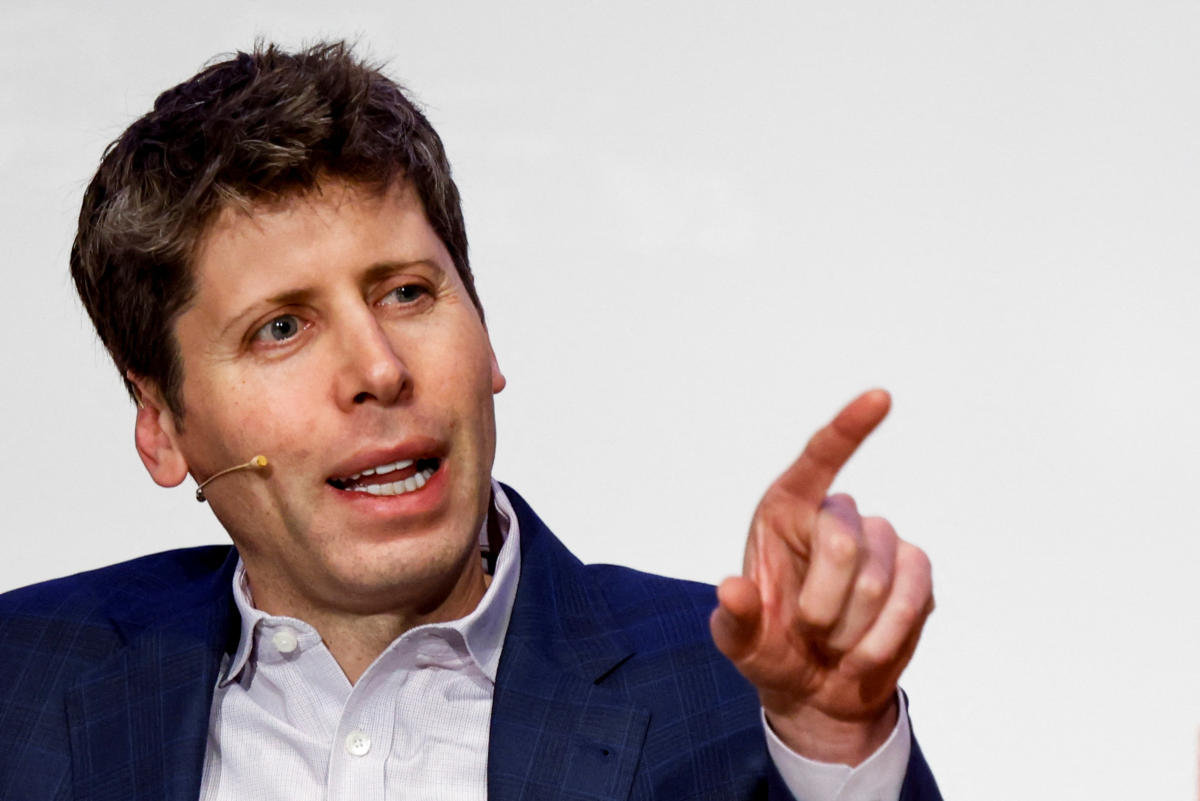OpenAI Abandons Restructuring Plan
OpenAI has announced that it is abandoning its contentious restructuring plan. In a surprising reversal, the company stated on Monday that it will no longer pursue separating control of its for-profit arm from the non-profit board that currently oversees operations. According to Bret Taylor, the chairman of OpenAI, “We made the decision for the nonprofit to retain control of OpenAI after hearing from civic leaders and engaging in constructive dialogue with the offices of the Attorney General of Delaware and the Attorney General of California.”
Background on the Restructuring Plan
Initially, OpenAI argued that its existing structure would not allow its nonprofit to “easily do more than control the for-profit.” This was despite securing $6.6 billion in new investment just two months prior. The company expressed the need for more capital, stating, “We once again need to raise more capital than we’d imagined. Investors want to back us but, at this scale of capital, need conventional equity and less structural bespokeness.”
Controversy Surrounding the Plan
OpenAI’s previous plan involved the nonprofit ceding absolute control of the for-profit in exchange for a degree of control based on the amount of stock it was granted through the reorganization process. This aspect of the plan was met with controversy, as many, including former employees, labor and nonprofit groups, and even Elon Musk, voiced opposition to the proposal.
New Developments
Now, the company has announced that its nonprofit will retain control and become a “big shareholder in the PBC.” However, questions remain about how the nonprofit will maintain control. Jill Horwitz, a visiting professor of law at Northwestern University, asks, “How is the nonprofit going to maintain control? How will that purpose be advanced?”
Potential Structural Options
According to Professor Michael Dorff, executive director of the Lowell Milken Institute for Business Law and Policy at UCLA, OpenAI could adopt one of several different structural options. For instance, the company could give the nonprofit the majority of shares, allowing it to elect a majority of the board and maintain control. Alternatively, the nonprofit could have a class of stock with super voting shares or the right to elect a majority of the board.
Uncertainty and Future Negotiations
Despite the announcement, the exact structure that OpenAI intends to implement remains unclear. The company’s financial future is at stake, with the question of control likely being a key point in negotiations between Microsoft and OpenAI. Bloomberg reports that Microsoft, which has invested nearly $14 billion into OpenAI, has yet to sign off on the proposal.
Plans for the Public Benefit Corporation
Parts of OpenAI’s previous plan remain unchanged, including the reorganization of its for-profit subsidiary into a public benefit corporation. The company still plans to eliminate the current capped profit structure, which limits investor returns to 100x, with excess profits reserved for the nonprofit. OpenAI has yet to record a profit, having reported around $5 billion in losses as of last year.
Conclusion
In a letter to employees, OpenAI CEO Sam Altman wrote, “This is not a sale, but a change of structure to something simpler. Instead of our current complex capped-profit structure—which made sense when it looked like there might be one dominant AGI effort but doesn’t in a world of many great AGI companies—we are moving to a normal capital structure where everyone has stock.” The company looks forward to advancing the details of this plan in continued conversation with stakeholders, including the state attorneys general of California and Delaware, Microsoft, and its newly appointed nonprofit commissioners.
Source Link





